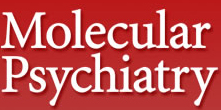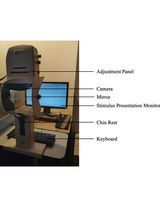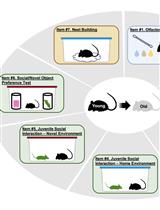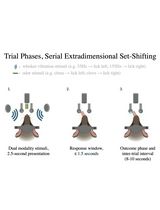- EN - English
- CN - 中文
Representation-mediated Aversion as a Model to Study Psychotic-like States in Mice
图示介导的厌恶作为模型研究小鼠精神病样状态
发布: 2017年06月20日第7卷第12期 DOI: 10.21769/BioProtoc.2358 浏览次数: 7609
评审: Soyun KimXiaoyu LiuAnonymous reviewer(s)
Abstract
Several paradigms for rodent models of the cognitive and negative endophenotypes found in schizophrenic patients have been proposed. However, significant efforts are needed in order to study the pathophysiology of schizophrenia-related positive symptoms. Recently, it has been shown that these positive symptoms can be studied in rats by using representation-mediated learning. This learning measure the accuracy of mental representations of reality, also called ‘reality testing’. Alterations in ‘reality testing’ performance can be an indication of an impairment in perception which is a clear hallmark of positive psychotic-like states. Thus, we describe here a mouse task adapted from previous findings based on a sensory preconditioning task. With this task, associations made between different neutral stimuli (e.g., an odor and a taste) and subsequent selective devaluation of one of these stimuli have allowed us to study mental sensory representations. Thus, the interest of this task is that it can be used to model positive psychotic-like states in mice, as recently described.
Keywords: Positive symptoms (阳性症状)Background
The presence of positive symptoms, such as delusions or hallucinations, is a key feature of a psychotic-like state (American Psychiatric Association, 2000 and 2013; Tandon, 2013) and represents a major challenge to rodent models (Wong and Van Tol, 2003; van den Buuse et al., 2005; Mouri et al., 2007; Jones et al., 2011). Indeed, these symptoms are often neglected due to the lack of suitable animal models (Jones et al., 2011; Rubino and Parolaro, 2014 and 2016). Psychotogenic drug-induced hyperlocomotion in rodents has long been considered an acceptable approximation of positive symptoms of drug-induced psychotic-like states (Wong and Van Tol, 2003; van den Buuse et al., 2005; Mouri et al., 2007; Jones et al., 2011). However, locomotor activity cannot be used to study the mismatch between perception and reality that is the hallmark of positive psychotic-like states (Wong and Van Tol, 2003; van den Buuse et al., 2005). For instance, the ‘Diagnostic and Statistical Manual of Mental Disorders’ (DSM V) defines delusions as ‘erroneous beliefs that usually involve a misinterpretation of perception or experiences’ (American Psychiatric Association, 2013). To overcome this methodological limitation, recent studies have used behavioral procedures in rodents designed to measure the accuracy of mental representations of reality, also called ‘reality testing’ (McDannald and Schoenbaum, 2009; McDannald et al., 2011; Kim and Koh, 2016). Alterations in ‘reality testing’ performance can be an indication of an impairment in perception which, as we mentioned before, might lead to positive psychotic-like states such as delusions. Thus, we adapt these previous protocols (McDannald and Schoenbaum, 2009; McDannald et al., 2011; Wheeler et al., 2013; Kim and Koh, 2016) to design a behavioral paradigm for measuring ‘reality testing’ in mice (Busquets-Garcia et al., 2017). Notably, deficits in task performance induced by psychotogenic drugs (e.g., amphetamine or cannabinoids) seem to reflect the kind of perceptual alterations that are the hallmarks and early features of positive psychotic-like symptoms.
Materials and Reagents
- 1 ml syringe and 26 G needles (Terumo Europe, Leuven, Belgium)
- Mice (C57BL6/N mice purchased from Janvier Labs, Le Genest-Saint-Isle, France)
- Banana odor (isoamyl acetate) (Sigma-Aldrich, catalog number: W205508 )
- Almond odor (benzaldehyde) (Sigma-Aldrich, catalog number: 418099 )
- Maltodextrin (Sigma-Aldrich, catalog number: 419672 )
- Sucrose (Sigma-Aldrich, catalog number: S0389 )
- Lithium chloride (LiCl) (Sigma-Aldrich, catalog number: 203637 )
- Banana solution (0.05%) (see Recipes)
- Almond solution (0.01%) (see Recipes)
- Maltodextrin solution (5%) (see Recipes)
- Sucrose solution (5%) (see Recipes)
- Combined odor-taste solution (see Recipes)
- LiCl (3 M) (see Recipes)
Note: Any psychotogenic drug (e.g., amphetamine or cannabinoids) can be used as a positive control for the test, as previously shown (Busquets-Garcia et al., 2017).
Equipment
- 50-ml drinking tubes (Conical Centrifuge Tube, Thermo Fisher Scientific, Rochester, USA)
- Standard balance
- Standard individual plexiglas cage for each mouse
- Metal tube (TD-100, 2.5” straight ball point tube, stainless steel, Ancare, New York, USA)
- Rubber plug with 25 mm diameter hole (Thermo Fisher Scientific, Rochester, USA)
Note: It is important that the bottles be assembled before starting the experiment (Figure 1).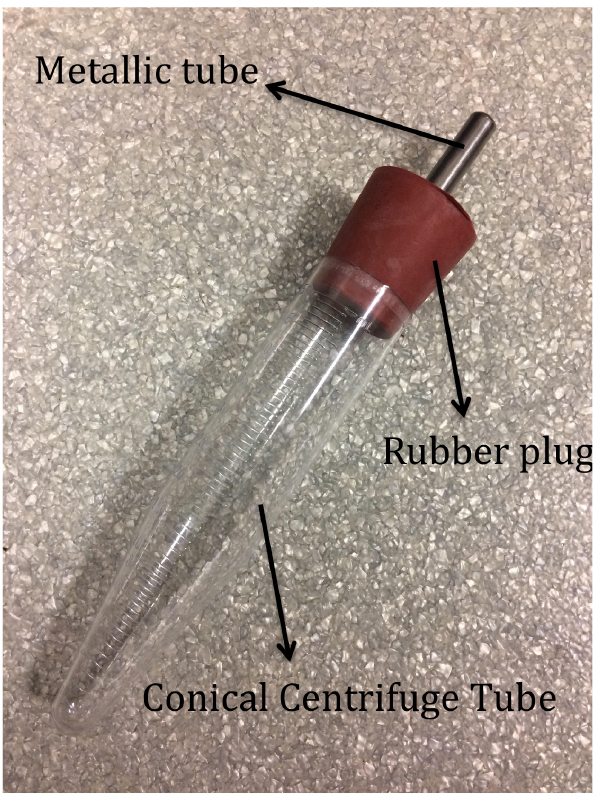
Figure 1. Drinking bottles used in the protocol. The bottles are carefully put together, as shown in the image. Note that the metal tube must pass through the rubber plug and all possible leakage must be avoided.
Procedure
文章信息
版权信息
© 2017 The Authors; exclusive licensee Bio-protocol LLC.
如何引用
Busquets-Garcia, A., Soria-Gómez, E., Ferreira, G. and Marsicano, G. (2017). Representation-mediated Aversion as a Model to Study Psychotic-like States in Mice. Bio-protocol 7(12): e2358. DOI: 10.21769/BioProtoc.2358.
分类
神经科学 > 行为神经科学 > 认知
您对这篇实验方法有问题吗?
在此处发布您的问题,我们将邀请本文作者来回答。同时,我们会将您的问题发布到Bio-protocol Exchange,以便寻求社区成员的帮助。
Share
Bluesky
X
Copy link



